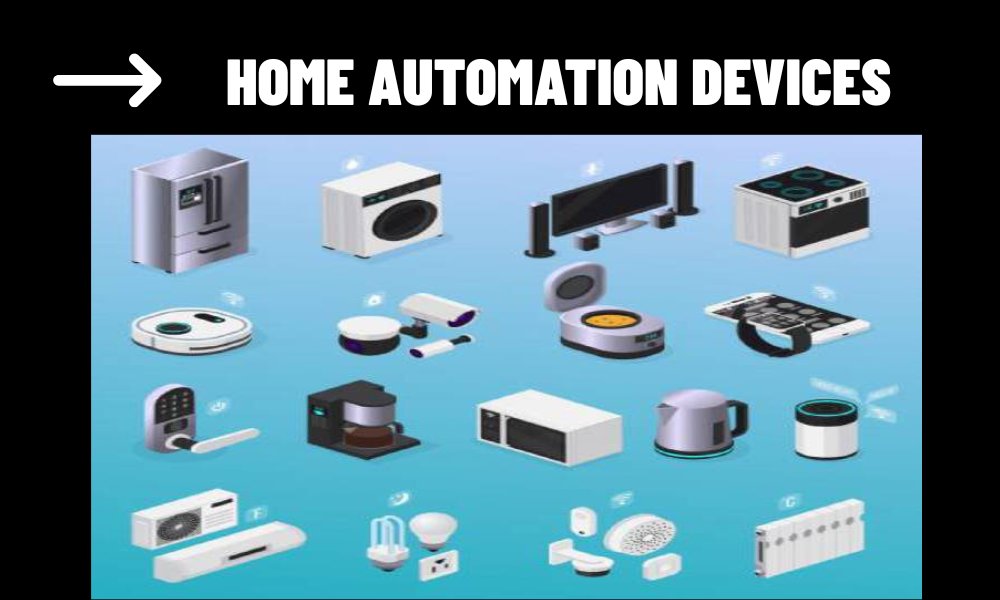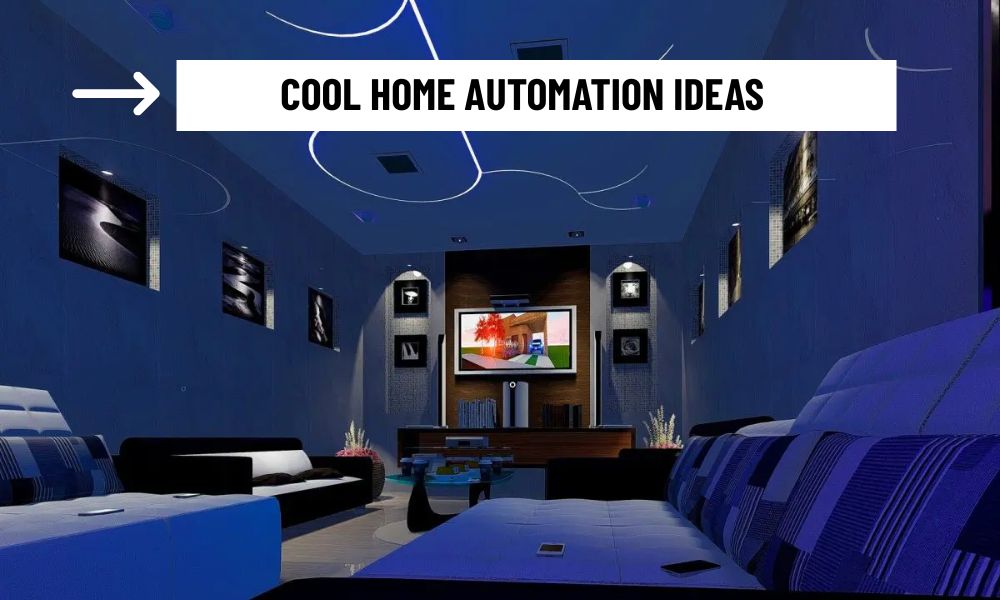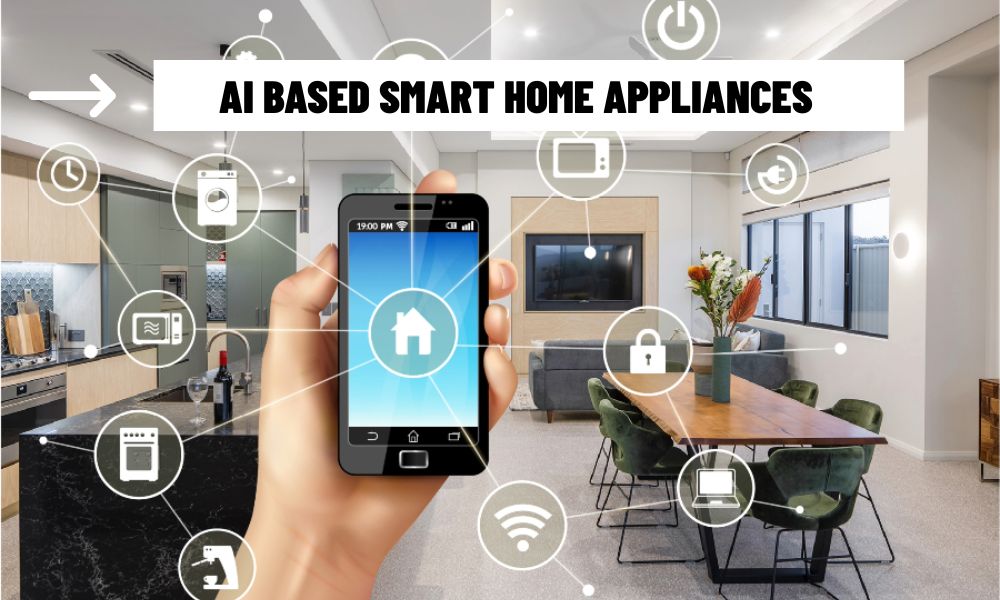Home automation devices are redefining modern living by transforming homes into adaptive, responsive environments. These systems work silently in the background, learning behaviors, anticipating needs, and enhancing comfort without demanding attention. From climate to lighting, security to energy use, home automation now shapes experiences that are both intelligent and deeply human — turning routine into quiet sophistication.
The true impact of technology often arrives not with fanfare, but with familiarity. Over time, what once felt novel becomes woven into daily life — subtle, seamless, invisible. Home automation devices are no longer the future of domestic living; they are its present foundation, changing not just how our homes function, but how they understand and respond to us.
Contents
1. The Shift from Control to Conversation
In the early days, technology in the home was all about control — pushing buttons, programming schedules, reacting to systems that barely knew us. But with the rise of home automation devices, the paradigm has shifted. The home is no longer a machine that waits for commands. It has become an entity that listens, learns, and even suggests.
When a thermostat begins adjusting itself before you even consider reaching for a sweater, or a light system gently transitions as evening falls, it’s not just automation — it’s interaction. The house begins to feel like a silent participant in your routine, shaping its behavior around your own without speaking a word.
2. Intelligence Without Interruption
The best technology fades into the background. With home automation devices, sophistication lies in subtlety. You don’t always notice the moment a space becomes more comfortable — you just feel it. The absence of friction becomes the measure of intelligence.
A living room doesn’t need to announce it’s energy-efficient or optimized. It simply offers the right ambiance, day after day, without demanding your attention. These devices don’t interrupt life — they support it, invisibly and intuitively. And in a world overrun by screens and noise, that kind of silence is powerful.

3. Emotion Meets Automation
There’s a misconception that automation is cold or impersonal — that intelligent homes strip away feeling in favor of efficiency. In reality, the most advanced home automation devices are deeply emotional in their impact. They create comfort without command. Security without anxiety. Ritual without repetition.
When a space gradually dims to prepare your mind for rest, or soft music greets you after a stressful commute, the technology isn’t simply following instructions — it’s recognizing the emotional cadence of your life. The house, in essence, becomes a caretaker. Not dramatic or invasive, but quietly intuitive.
4. Living Systems, Not Just Connected Devices
To view smart homes as collections of devices is to underestimate them. What defines a truly connected home is not the presence of technology, but the orchestration of experience. Each home automation device becomes part of a larger rhythm, working in concert to create a sense of harmony.
Doors lock when the last light turns off. Air adjusts as the sun rises. Shades shift to protect a sleeping child’s room. These aren’t isolated actions — they’re a coordinated choreography. And behind that choreography is an architecture of thought: sensors, systems, and algorithms designed to respond with nuance, not brute force.
5. The Luxury of Effortless Living
What makes home automation devices so transformative isn’t that they do things for us — it’s that they let us stop thinking about the mundane. That, in itself, is a form of luxury. Not extravagance, but freedom. Mental space reclaimed from dozens of tiny decisions, creating room for what matters: presence, rest, connection.
In this way, automation doesn’t distance us from our homes. It deepens our relationship with them. It creates an atmosphere where daily routines feel smoother, and where every action — even the ones we no longer have to take — feels considered.
Home automation devices are not just tools. They are quiet storytellers of daily life, shaping space and time in subtle, thoughtful ways. As homes continue to evolve into extensions of our digital selves, the most meaningful changes may not come from what these devices do — but from how effortlessly they let us live. The future of domestic life is already here. It’s just become quiet enough to feel natural.



